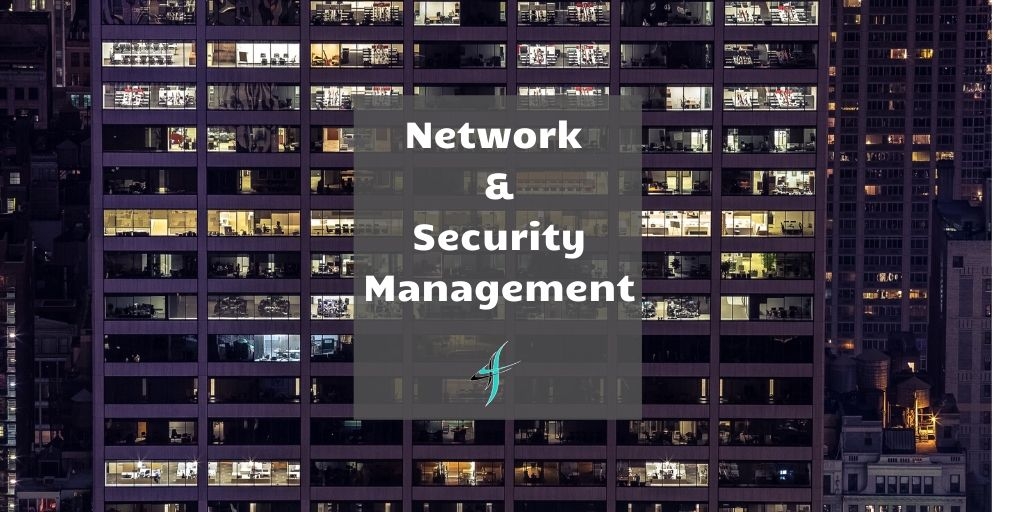When Citrix wrapped up its data breach investigation earlier this year, the software behemoth revealed a stunning scenario. For 6 months, hackers accessed their network, using account spraying (accessing accounts with common passwords) and stealing business documents, some related to the Citrix consulting practice – and may reportedly have also accessed individual drives and email accounts, according to a report by Security Week.
Network breaches are costly – to intellectual property, brand reputation, consumer confidence, and an organization’s bottom line. While it’s typically the big players splashed across the headlines, organizations of any size are at risk of this mounting threat.
Some attackers are just in it for the chaos: an estimated one in ten targeted attack groups using malware to disrupt or destroy business operations, according to Symantec’s recent security report – and this has risen by 25% in the last year.
For small businesses just kicking off major IT transformations, simply getting the IT infrastructure up and running can feel overwhelming, not to mention finding the expertise to bolster the network and proactively control and plan for security management.
Don’t panic – we’re here for you, and we’re going to walk through the basics of network security management every business leader should be mindful of to enable a secure network.
What is Network Security Management?
Let’s start at the beginning. A network is comprised of the hardware, software, and protocols that enable multiple devices to share data, and this rapidly growing sector is a specialized brand of IT. For example, an employee in Plano can create a PowerPoint deck for a sales pitch, save it on a network drive, and her colleague in Lebanon can open it from that drive and head into the meeting. This connectivity allows employees to work closely together, whether they are – or are not – physically close. And in an age where people are constantly switching between devices, it enables on-the-go working as well.
All those benefits of a close connection for employees can quickly become serious deficits if a malicious hacker gains access to the network. Enter network security management, which enables administrators to manage a network from a single, central location. Today, this can quickly become complicated, as this includes:
- Oversight into network behavior
- Automating device configuration
- Enforcing policy
- Examining firewall traffic
- Creating reports
- Establishing a single management interface for all systems
It doesn’t end there. Add to that complexity the extremely dynamic nature of network: new employees join, someone gets a new device, another employee relocates, and then all the applications update.
In order to effectively approach network security, administrations must regularly deploy security policies to ensure security over time.
Artificial Intelligence and Security
Artificial Intelligence (AI) is poised to take cybersecurity to the next level. AI systems can detect viruses and malware or identify ransomware or malware attacks, and employee predictive analytics to spot weaknesses and breach activity before they become a problem.
Employing natural language processing, AI can also stay updated on the evolving landscape of cyber threats, by scanning articles, news reports, and studies on cyber threats and building a repository of anomalies, attacks, and strategies for prevention.
Bolstering Network Security
Boost your network security quickly with these security basics:
- Train employees to use strong passwords – not common phrases or easily guessed items (Password 123, we’re looking at you). Coach employees to use unique passwords, keep them confidential, and to never store them on a browser or in an obvious place (like a Post-It note).
- Implementing multi-factor authentication
- Establish routine systems checks to track down weak access points
- Inventory user accounts to ensure any new users are accounted for
Are you ready to step up your network security management or kick it off? Our Genies can support your organization wherever you are in the process, whether we need to lay a foundation or revamp an existing practice, we want to give you the peace of mind that comes with knowing your invaluable business documents and information is safely on your network. Contact us at info@techgenies.com to get started.
